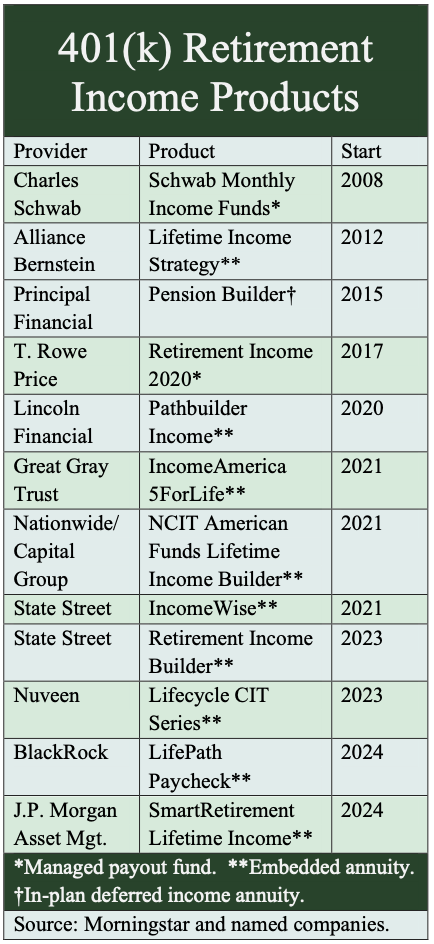Automatic enrollment took the 401(k) industry by storm in the ‘90s, but the next big thing might be automaticaccount consolidation, aka “roll-ins.”
More plan sponsors are facilitating roll-ins of accounts as a cost-effective way to improve plan performance metrics, as well as retirement outcomes for participants.
Companies like Retirement Clearinghouse hope it’s a growing trend. The Charlotte, N.C., company automates two-way flows of assets into and out of retirement plans. It promotes the practice as a way to raise average account balances and reduce plan expenses.
Retirement Clearinghouse said it has consolidated over 113,000 retirement savings accounts totaling more than $3 billion in assets into existing IRA or 401(k) accounts. It claims to be the only independent party that consolidates assets into active 401(k) accounts through plan-to-plan transfers.
“More plan sponsors are promoting and facilitating roll-ins of accounts as a cost-effective way to improve plan performance metrics, as well as retirement outcomes for participants,” said Spencer Williams, the firm’s president and CEO.
Roughly 9.5 million individuals who participate in defined contribution plans change jobs every year, according to data from the Employee Benefit Research Institute. Most striking is that every year an estimated 33% of these job changers choose to cash out of their retirement plan instead of rolling their balances into their new employers’ plans.
That leaves a lot of room for improvement. EBRI has estimated that a 50% reduction in cash-outs across the system would add $1.3 trillion to individuals’ retirement savings over a 10-year period. Widespread retirement account consolidation could save consumers $40 billion in administrative and recordkeeping expenses over a 10-year period, according to data from Cerulli Associations.
Among those who don’t cash out, the ownership of multiple accounts is common. After changing jobs several times over a period of decades, more than two-thirds of workers who haven’t cashed out have multiple retirement accounts, according to Retirement Clearinghouse. The balances of about 40% of these retirement plans were below $10,000 in 2012.
Plan sponsors benefit as well from roll-ins. Account consolidation significantly reduces cash-outs by creating a new default for participants when they change jobs—keeping their assets invested and cutting their administrative fees.
© 2015 RIJ Publishing LLC. All rights reserved.


